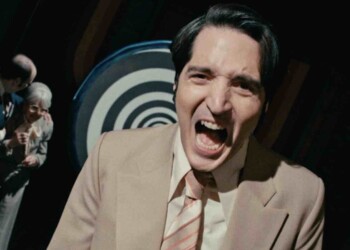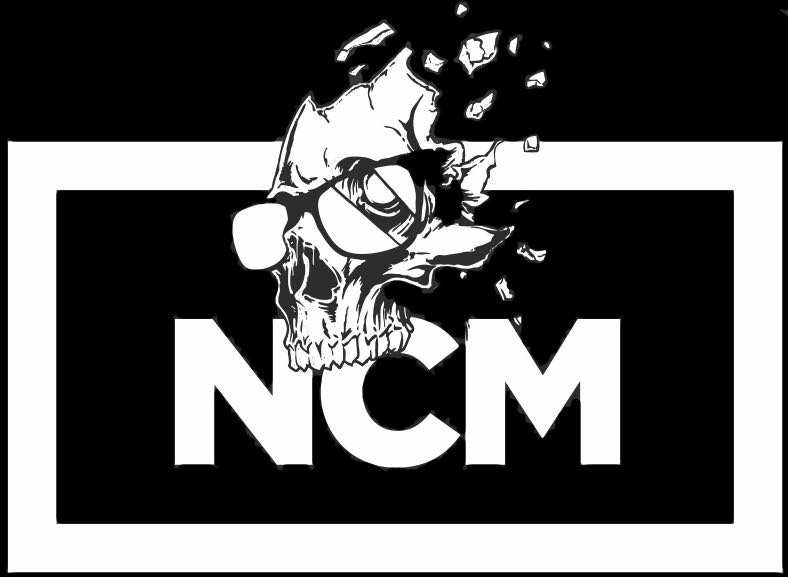Love at first sight is an over poetic triteness and a crutch of low art. An overly simple idea meant to fill the space intended for complex character growth. It is not reflective of how the feeling of love is experienced by a reader within his/her life and because of that it is very detaching. Any character that would attach the weighty feeling of love and all the investment it brings with no information other than what is glimpsed in a moment is not a rational or deeply thinking person.
So when The Infinite Loop tries to hinge so much of what it is on the idea that two people meet and then are in love for no other reason they are both there, it should not be surprised when we don’t connect.
The Infinite Loop launched engorged with promise. It was a much hyped series during its original run in France and after a stellar first issue it appeared to be fulfilling much of its own prophecy.
A jaded woman named Teddy is tasked with destroying anomalies created by the copious amount of time travel practiced in the future. She thrown into internal conflict when one of the anomalies turns out to be a human female.
That concept alone presents a moral conundrum strong enough to base a series around. Is a human life worth placing the stability of space time in an uncertain state?
The book began to fail in issue two and continues to fail now in issue three when it assumes that that conflict is insufficient. Having Teddy fall in love with this anomaly has a crowbarring feel to it. When Teddy and this woman (who Teddy names Ano) meet, they progress from flirting, to cuddling, cuddling, to kissing, kissing to sex and sex to eternal love without ever having chemistry or anything other than proximity in common.
For much of this issue, Teddy and Ano hide from their pursuers in a sort of pocket dimension where Teddy has some control over the fabric of reality. During these scenes a pattern begins. Ano wants something and Teddy conjures it. It’s a demonstration of an unsettling and superficial sort of affection that begins to form the spine of this issues conflict.
Teddy wants to remain in the pocket world safe from their enemies and continuing to practice this surface level form of love. Ano wants to leave and fight for the rights of other human anomalies.
This discussion is The Infinite Loop #3’s sole complex idea. It is meant to be allegoric of the current state of homosexual civil rights. Is loving your partner in a world that does not recognize that love enough of an act to justify and progress your cause or must you take a more active or possibly militant role?
The stance the book takes turns out to support the latter but it does so with the subtleness of a chainsaw. In one panel, the silhouette of Ano’s face lies within a collage of colors and low calorie philosophical sentences. The panel is chillingly reminiscent of a Soviet style propaganda poster and contains about the same depth of argument.
The rest of the issue layers foreshadowing thicker and thicker as Teddy and Ano rocket toward the tragic reapings of taking a passive stance. Yet when tragedy arrives it is not impactful. Teddy and Ano’s relationship was never properly earned so when it is threatened the reader can only suffer a shrug.
The Infinite Loop #3’s unearned romance and preachy delivery hobble its progressive message. With the book’s metaphor laid so naked before the reader, The Infinite Loop ends up feeling more like a pamphlet than a story. Something meant to inform you of the broken state of marriage equality rather than deliver you an enjoyable tale. A narrative with purpose is important, but noble intentions do not justify telling an unrewarding and cliché romance.






